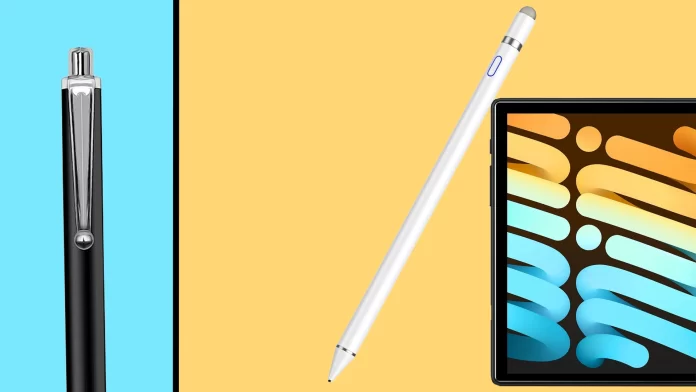The main differences between a stylus and a digital pen are their functionality and capabilities. A stylus is a basic touchscreen input tool. In comparison, a digital pen has advanced features such as pressure sensitivity or tilt recognition (although some active styluses may have these features). This allows the digital pen to be used for precise tasks such as drawing and taking notes.
Digital pens are often designed for specific devices, such as specialized drawing tablets, while styluses are more versatile and compatible with a variety of touchscreen devices from different manufacturers. In addition, digital pens are usually more expensive than styluses.
Key facts about the Stylus and Digital pen.
Passive Stylus
Passive styluses are basic input tools that imitate the touch of a finger on capacitive touchscreens. They lack advanced features like pressure sensitivity and tilt recognition. With a conductive tip, they trigger touch commands by changing the screen’s capacitance.

While simple and budget-friendly, passive styluses are best for basic touchscreen tasks like navigation, writing, and tapping on devices.
Active Stylus
Active styluses are advanced input devices that use internal components and communication technologies like Bluetooth to interact more precisely with touchscreens. They offer features like pressure sensitivity and tilt recognition, providing a natural and accurate input experience, especially for artists and designers.
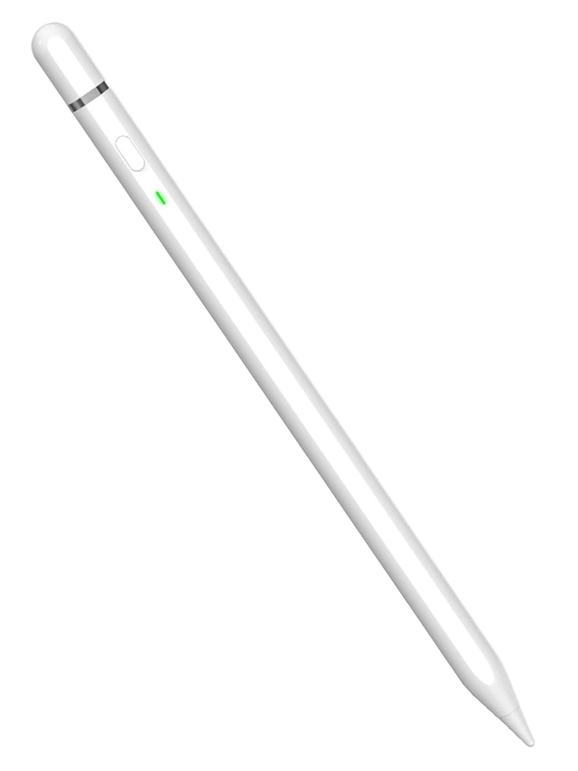
These styluses are preferred for tasks like digital art, note-taking, and creative design due to their enhanced capabilities, accuracy, and responsiveness. They have become popular among users looking for a sophisticated input tool for various creative and professional applications.
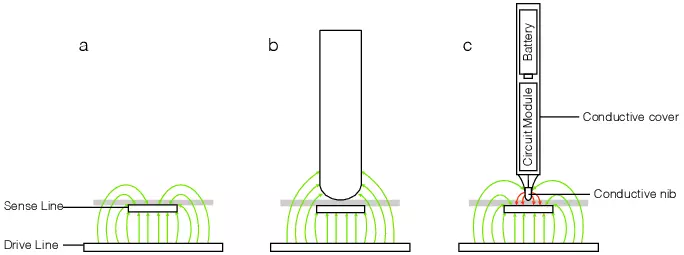
a) Overview of a capacitive touch screen. b) Passive stylus necessitates a larger tip for touch event activation. c) Active stylus achieves a smaller tip size by actively sending a negative charge to the sense lines.
Digital Pen
Digital pens are special tools artists and designers use to draw on digital devices like tablets. They provide a natural and easy drawing experience, just like using real pens and pencils on paper. These pens are essential for artists because they have cool features like sensing how hard you press and the angle you hold the pen.
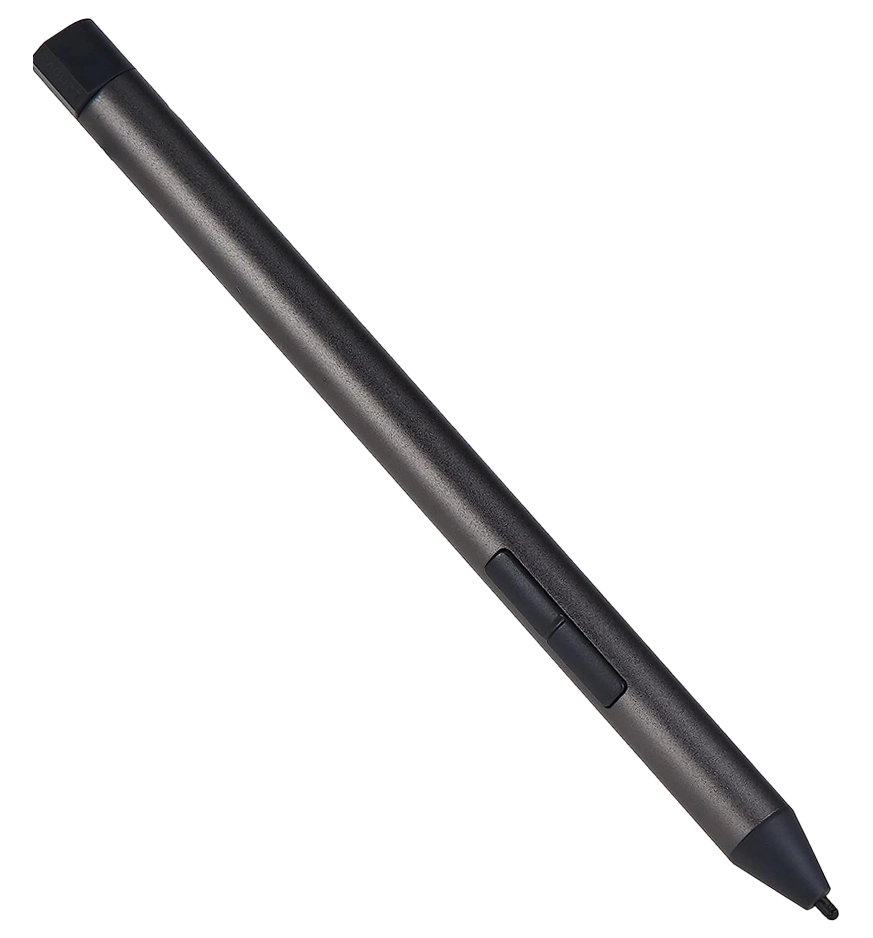
This makes drawing on screens feel just as comfortable as drawing on paper. With digital pens, artists can easily express their ideas and create beautiful artwork on computers and tablets.
What differences between a Stylus & a Digital Pen
The line between active styluses and digital pens has been blurred, with the two becoming increasingly synonymous in functionality. Advanced active styluses now offer features that were once exclusive to digital pens, such as pressure sensitivity, tilt recognition, and wireless connectivity.
On the other hand, passive styluses have not seen significant technological advancements and continue offering basic touchscreen interaction without additional features. While they still serve a purpose, their functionality remains limited compared to active styluses and digital pens.
In retail stores, you might find the same model being labeled both as a stylus and a digital pen, which reflects the ambiguity surrounding these devices. Manufacturers and retailers often use both terms interchangeably, adding to the confusion.
Despite the significant progress made by active styluses, professional designers and artists still prioritize expensive digital pens. These high-end digital pens effectively fulfill their specific needs and requirements, making them the preferred choice for precision and performance in their creative work.
A more detailed comparison of Stylus and Digital pen
While superficially, some styluses may resemble digital pens; there are more pronounced differences that distinguish the two devices in terms of functionality and capabilities. Digital pens often have more advanced pressure-sensitive, tilt-recognition capabilities, making them more versatile and suitable for tasks such as digital art.
Digital pens are more expensive than active styluses and passive styluses. This higher price is due to the advanced features and technology that cater to the needs of professional designers and artists.
Pressure Sensitivity
Digital pens usually offer superior pressure sensitivity compared to active styluses, while passive styluses lack this feature entirely.
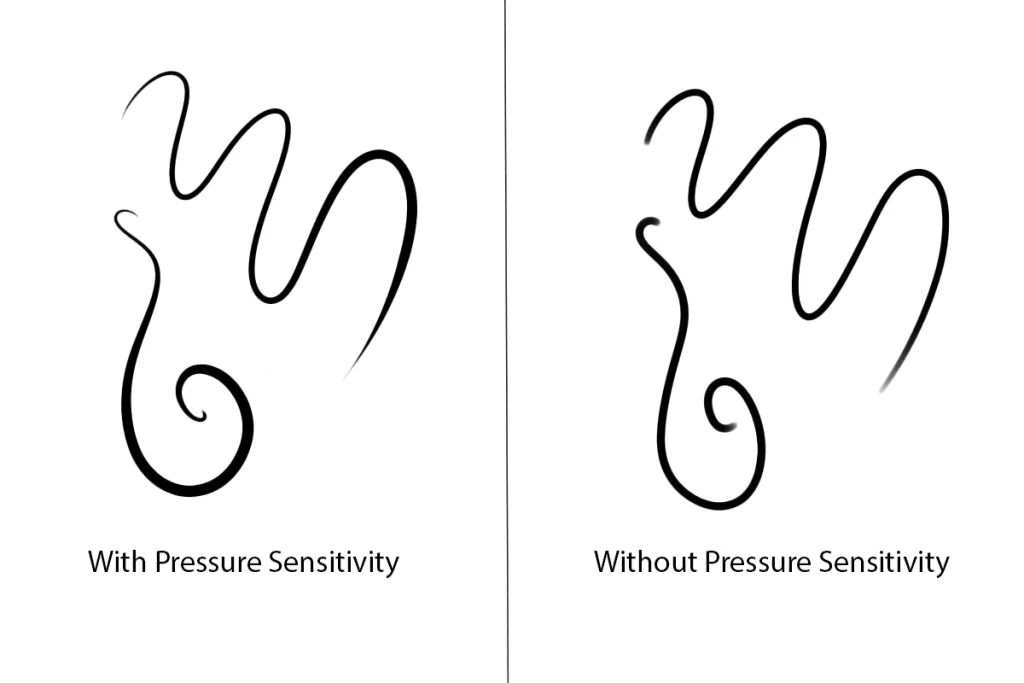
This pressure sensitivity enables artists and designers to create thicker or thinner lines in drawing and calligraphy applications, making digital pens more versatile and valuable tools for their creative work.
Tilt Recognition
The majority of digital pens come with tilt detection, enabling the device to detect the angle of the pen tip. This feature proves highly beneficial for artists, allowing them to create diverse brush strokes and shading effects in digital art.
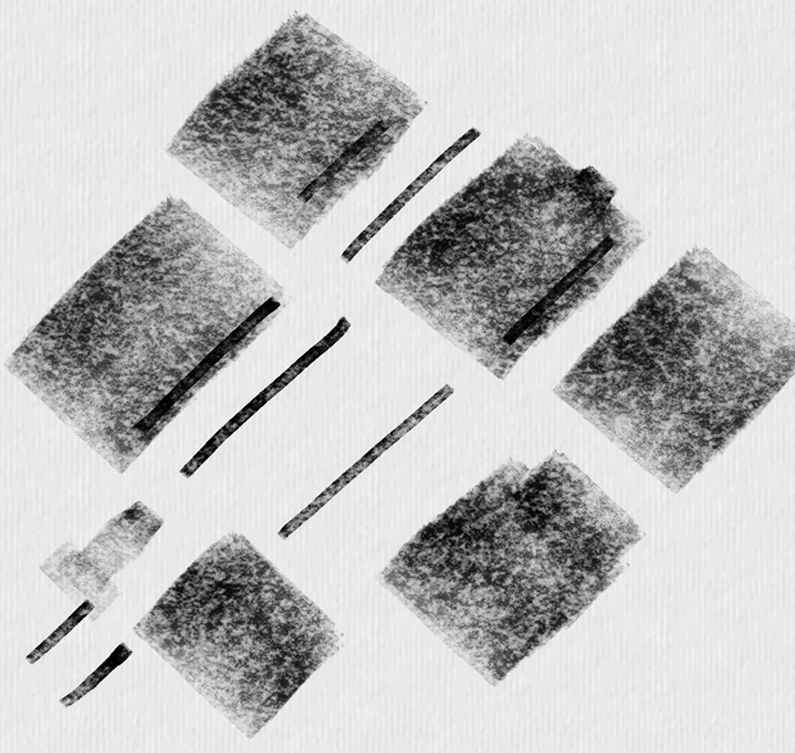
While some active styluses also offer this feature, it is often less well-implemented compared to dedicated digital pens.
Compatibility
Styluses are usually more versatile and can work with a variety of touchscreen devices, regardless of manufacturer. In comparison, digital pens are often designed to work with certain devices supporting such additional pen functions.
Price
On average, passive styluses are priced at around 5-10 dollars, making them quite affordable. On the other hand, active styluses are in a higher price range, usually costing around 15-20 dollars. For a good digital pen suitable for drawing and design, the price would be around 50 dollars. Going for cheaper digital pens may not be wise, as they might lack the same quality and features.

